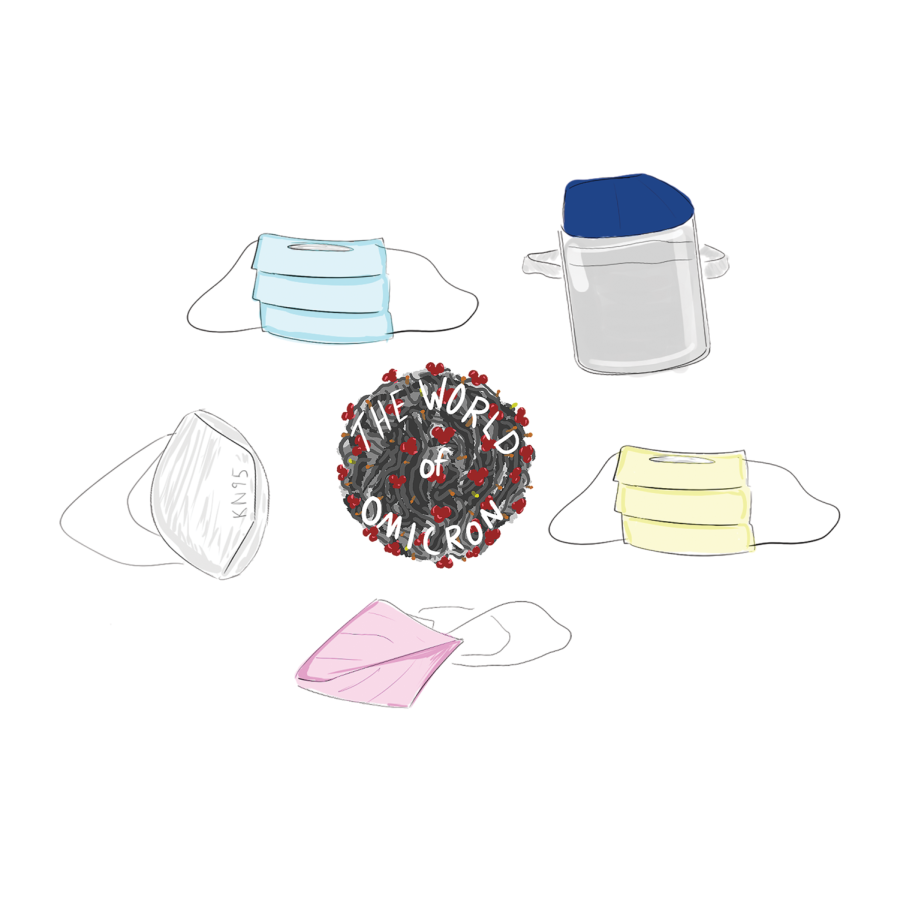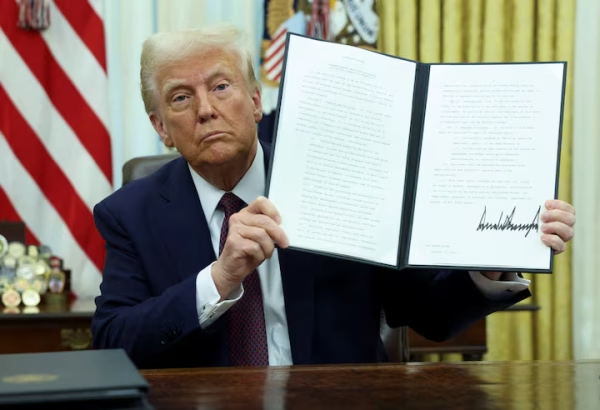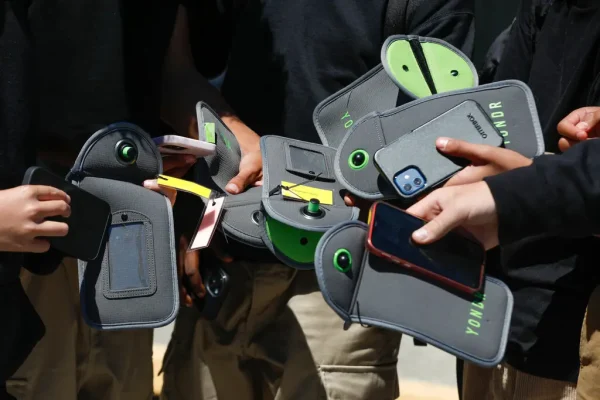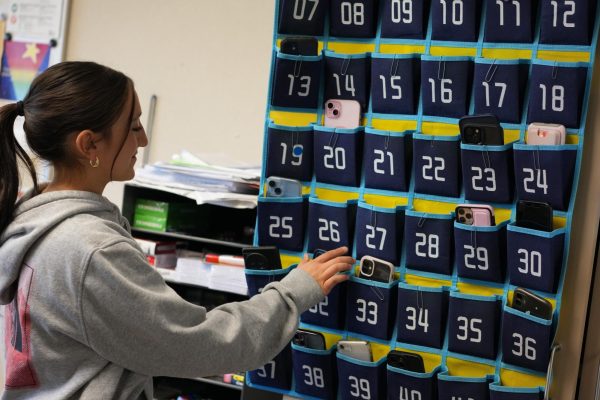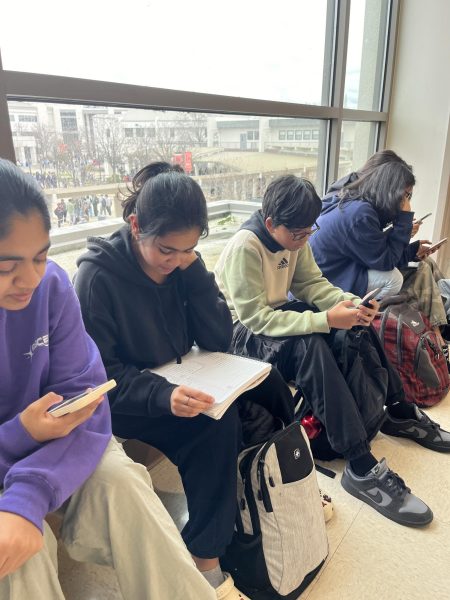Unmasking the best face coverings
Here are the best masks to protect against Omicron
The most highly recommended masks in the world of Omicron.
With the recent surge of the highly contagious Omicron variant, many people are wondering what the most protective masks are, and in what settings different masks are meant to be used.
Good news. A complete ranking has been compiled below so you can stay informed and protected from COVID-19 in 2022.
1. N95 masks – N95 masks have many benefits and are overall regarded as one of the most protective masks.
In terms of filtration of particles, these masks are considered highly effective.
“N95 masks with suboptimal fit still had comparable filtration efficiency of more than 90 percent,” according to The Journal of the American Medical Association.
The downside is these masks are less comfortable than surgical masks and it can be hard to use them for prolonged periods of time.
But as uncomfortable as they may be, these are the preferred masks when around a lot of people, especially if not all of them are wearing masks or wearing them properly.
The CDC does encourage people to not use the surgical N95 masks that healthcare professionals on the front line are using so resources do not run out.
2. KN95 masks – KN95s are often thought to be the same or very similar to N95 masks in their protection against the virus.
Their model can be slightly different as these masks are “not vetted by the NIOSH or any other U.S. agency,” instead being an “international designation. While the CDC says filtration standards vary, the agency considers the KN95 the next-best masking option to the N95, according to CBS News.
Like N95 masks, these are generally more uncomfortable than some of the other options and it can be difficult to wear them for prolonged periods of time.
Additionally, it is important to be careful of making sure the mask is legitimate when purchasing KN95s. Signs that you have knockoff KN95 mask include packaging that has not been properly sealed, packaging that doesn’t have any expiration date on it, no branding on the mask, or no GB marking on the KN95 mask.
“[T]he CDC estimates that roughly 60 percent of KN95 masks are fakes,” reported CBC News.
To avoid fakes, make sure to purchase them from reputable companies or organizations.
3. Disposable surgical masks – These masks are good in terms of accessibility as they are widely available in most places. They are more protective than cloth masks and more comfortable than respiratory masks such as N95 and KN95 masks.
While they are relatively protective, surgical masks lack the protectivity of N95 and KN95 masks. This is because a surgical mask “does not filter or block very small particles in the air that may be transmitted by coughs, sneezes, or certain medical procedures,” according to the FDA. They also don’t provide complete protection from germs and other contaminants because of the loose fit between the surface of the mask and the face.
4. Cloth masks – Like surgical masks, cloth masks are quite accessible and are good for waring outdoors.
But cloth masks are not as protective as any of the others listed, and they are not sufficient for use at school and inside classrooms.
Overall, the best masks to be used in indoor spaces around a lot of people are the N95 and KN95 masks. Although they are less comfortable, they are more protective for use in areas with a higher risk of contracting the virus. For outdoor use in less high risk places, surgical masks are the best option, followed by cloth masks.
Loosely fitted masks don’t offer sufficient protection, so those wearing them should keep their mask tight around the face to reduce the amount of air let in.
By finding a high-performing mask that can help stop the spread of COVID, students can do their part to help protect the comunity.

Kira Sidhu is a sophomore at Cal High. This is her first year reporting for The Californian Newspaper. In her free time she enjoys writing, photography,...

Senior Ari Harvey has returned for their third year with The Californian, this time serving as the paper’s Graphics Editor. Besides drawing all manner...
